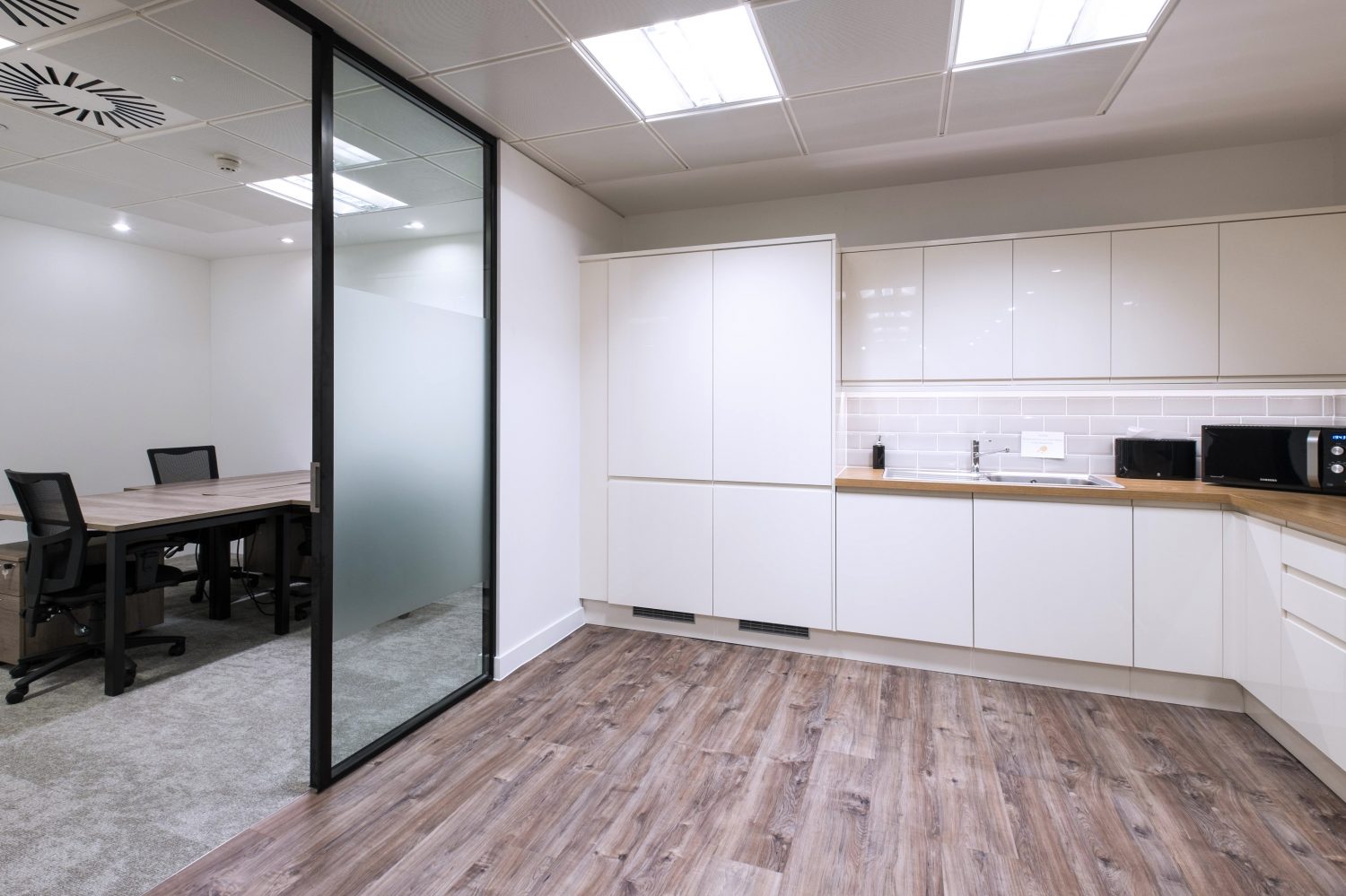
December, 2017
When high-performance floor covering is needed, specifiers are increasingly turning to updated versions of resilient flooring, such as vinyl.
These now represent a 10% share of the UK flooring market (according to the Flooring Sustainability Partnership). This means that resilient flooring is covering over 30 million square metres of floor every year.
What do we mean by resilient floor covering? It’s a relatively thinner component that is installed over a smooth continuous substrate. One of the most important attributes is that it is impermeable and hard-wearing.
Modern manufacturing methods
If you’re under the impression that only wood or stone based flooring can stand the test of time in high impact areas, then you need to revisit the updated and attractively priced options provided by resilient flooring. This is grouped as vinyl, linoleum, rubber or synthetic thermoplastic.
Looking at vinyl, for example, this has come a long way from its discovery in the 1930s. It has been subjected to advanced engineering, to find ways of combining polymer materials in a way that builds added strength and longevity.
Vinyl now offers other desirable characteristics for specifiers looking for a resilient floor covering. Available in either sheet or tile form, the modern version of vinyl is manufactured by heating PVC resin mixed with plasticisers and colour pigments. Other components are added to the mix to create a surface stability that can withstand heat and light.
Modern manufacturing methods are forever improving, including finding components to keep prices down. This means that vinyl as a resilient flooring is a cost-effective solution for large surface areas.
There are also more luxurious vinyl tiles emerging, that add additional warmth and style to commercial floors that require tangible quality and class.
Creative solutions from resilient flooring
Another driving force in the increasing use of resilient flooring in workspaces is its capacity to match any type of space and interior design.
Again, using vinyl as an example, this highly versatile choice is comfortable underfoot, and water and stain resistant. The designs and colour combinations available in vinyl flooring are substantial, offering a wealth of potential to match flooring to brand identity.
Cost effective resilient floors
As mentioned, resilient flooring like vinyl is a highly cost-effective solution for commercial floors. But vinyl is also quick to install, reducing disruption to offices, public buildings, hospitals and other workplaces.
Modern manufacturing methods mean vinyl, in particular, has a more advanced finish, boosting its benefits as a low maintenance commercial flooring option.
Improved Green credentials for resilient flooring
Modern methods of producing resilient flooring have also put the spotlight on the life cycle of the materials used.
Resilient flooring categories – including vinyl – now offer an option for recycling at a later date.
Are you interested in seeing for yourself how beautiful vinyl is as a resilient floor covering? Then browse the range of Duraflor’s high performance vinyls.